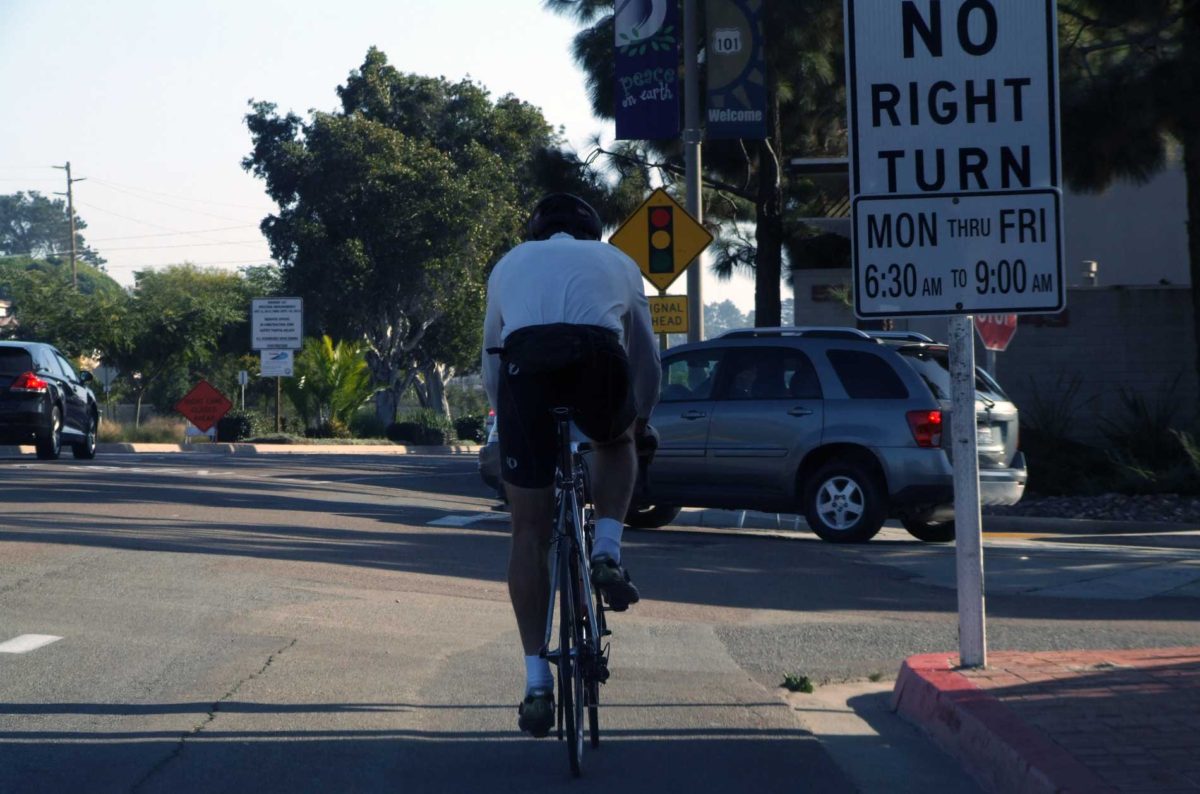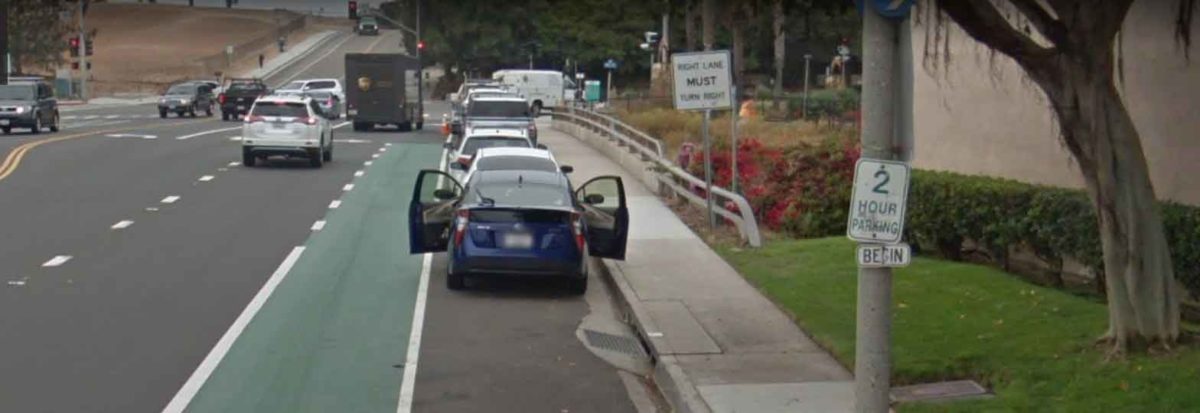San Diego pedestrian fatalities in 2018 were twice that of reported pedestrian fatalities in 2017.
The number of pedestrians killed by cars spiked last year to 34 up from 17 in 2017, according to numbers from the San Diego Police Department. Those severely hurt while crossing the street or using the sidewalk rose to 93 last year up from 75 in 2017, while serious injuries for bikers increased to 23, up from 19.
‘Fatal 15’ intersections overhauled as San Diego grapples with pedestrian deaths
Pedestrian injuries and bicyclist injuries also increased in 2018.
San Diego also announced 15 of the most dangerous intersections with completed improvements under the Vision Zero Complete Streets goal of eliminating traffic-related fatalities and severe injuries by 2025. The San Diego Mayor also announced a new $2.45 million grant from CalTrans to improve hundreds of more intersections as well as work toward the complete streets goal.
“This is all about making it safer for everyone – drivers, pedestrians and cyclists – as they navigate city streets,” Mayor Faulconer said. “Making crosswalks more visible and adding audible walk signals are just a few of the simple yet effective ways we can make our neighborhoods safer. I look forward to installing these same safety improvements at hundreds more intersections over the next few years as we rebuild San Diego’s transportation network for the future.”
City Completes Safety Upgrades at 15 of San Diego’s Most Crash-Prone Intersections
Mayor Faulconer Announces New Grant Funding to Bring Safety Improvements to Hundreds More Intersections as Part of ‘Vision Zero’ Plan to Reduce Accidents
It is a good time to remember Vision Zero since President’s Day apparently used to be Bicycle Day.
In Boston, cyclists used the public holiday to hold bicycle races before cheering throngs. Local bike stores opened their doors to entice the race-day crowds, bringing them in off the snowy streets to preview the pleasures of spring. February 22 soon marked the start of the season, the day on which bicycle retailers held open houses to show off their latest models to eager crowds. “Yesterday was bicycle day in Boston,” reported the Boston Globe in 1895.
When Presidents Day Was Bicycle Day
Long before Washington’s Birthday was marked by car sales, Americans celebrated their first president by pedaling.
But this recent story about a man in a wheel chair who was hit by cars 3 times in just 10 months really drives home the point of why we need to meet our Vision Zero goals.
Nearly 6,000 pedestrians in the United States were killed in traffic crashes in 2016, according to the latest data available from the National Highway Traffic Safety Administration. The Detroit Free Press, in a series called Death on foot, puts it this way: That’s twice the number of deaths tied directly to the Sept. 11, 2001, terrorist attacks.
This man would like you to stop hitting him with cars





